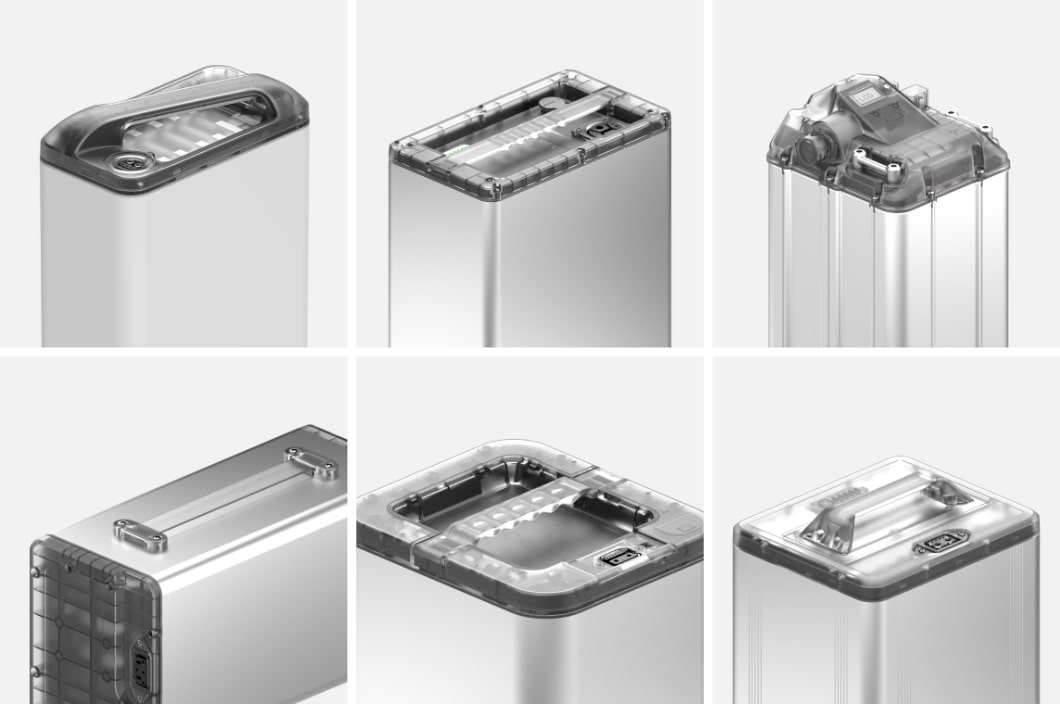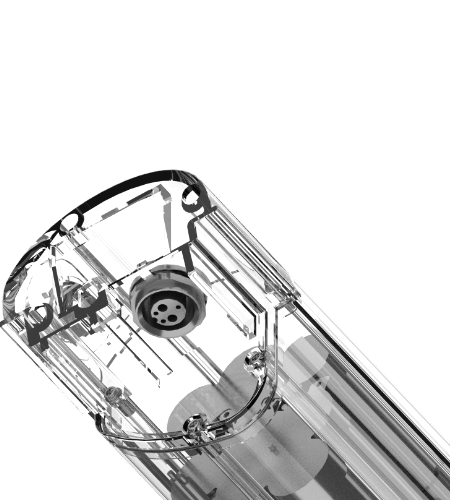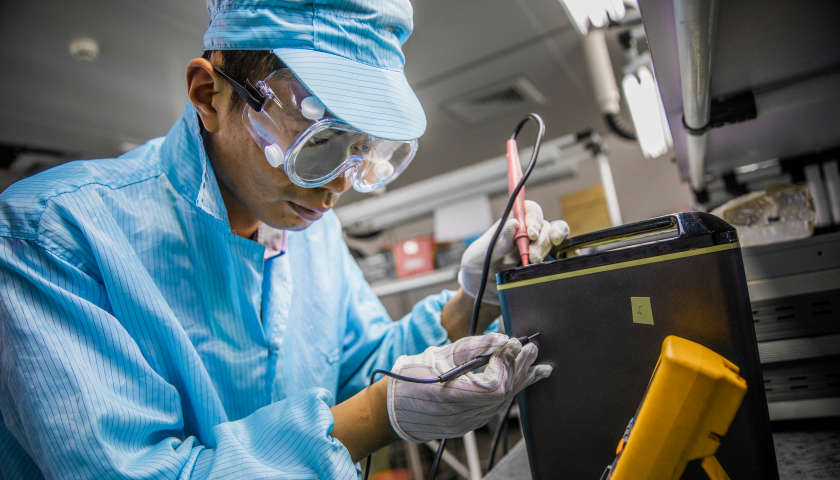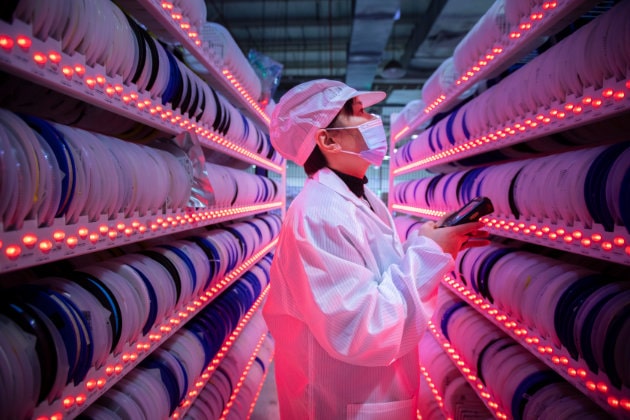E-BIKE/EPAC STANDARDS
If you plan on obtaining the EN 15194 or UL 2849 vehicle certification for your E-Bike product, you will need to obtain separate certification for the various components. We have provided here the latest certifications of other electrical components that are related to the battery. If you need additional information or consultation, please don’t hesitate to contact us.
EN 15194 SPECIAL SEGMENT

EN 15194: 2017 - EPAC CERTIFICATIONS IN EUROPE
EN 15194: 2017 certification is the world's first comprehensive safety standard for electric-assisted bicycles. All electric-assisted bicycles must obtain this certification before they can be sold in the EU market.
- https://standards.iteh.ai/catalog/standards/cen/c9b5ac0f-0728-4674-b9ab-73f4bb33f932/en-15194-2017
- Kais Guidance for EN 15194: 2017
- Kais Cheat Sheet for EN 15194: 2017
BATTERY

ISO 13849-1: 2015
ISO 13849-1 (Battery) is the design requirements and evaluation methods for the software and hardware design of the battery management system (BMS).

IEC 62133
IEC 62133 is a safety certification for batteries in assisted bicycle systems. The certification tests and evaluates the mechanical and electrical properties of the battery and logs the component supplier information of the BMS on the certification.

EN 61000-6-3: 2007+A1: 2011+AC: 2012
EN 61000-6-1: 2019
These are electromagnetic compatibility standards. EMC includes two requirements: First, the electromagnetic interference generated by the BMS to the environment during normal operation cannot exceed a certain limit; Second, the equipment has a certain degree of immunity to electromagnetic interference in the environment.
MOTOR

EN 15194
The EN15194 tests and evaluate the safety and performance of the motor on the assisted bicycle
CONTROLLER

ISO 13849-1: 2015
ISO 13849-1 defines and evaluates the design and evaluation of the controller's software and hardware.
INGRESS PROTECTION

EN 60529: 1991
The EN60529: 1991 standard is the ingress protection test and evaluation standard. The EN15194 standard requires the entire power-assisted bicycle system to be at least IPX4.
CHARGER

EN 60335-2-29: 2004
EN60335-2-29:2004 is the design and testing evaluation standard for battery chargers.
OTHER PARTS

Related EN standards
For certification standards of other parts, please refer to the specific part standard outlined in the EN15194 respectively.
UL 2849 SPECIAL SEGMENT
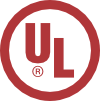
UL 2849: 2020 - E-BIKE CERTIFICATIONS IN NORTH AMERICA
UL2849 is the design and testing standard for e-Bikes electrical systems managed by Underwriters Laboratories in North America. The standard requires the e-Bikes' drive units, batteries, battery management system (BMS), interconnection lines and power inlets, and other components to be tested and evaluated.
- https://standardscatalog.ul.com/ProductDetail.aspx?productId=UL2849
- Kais Guidance for UL 2849
- Kais Cheat Sheet for UL 2849
BATTERY

UL 2580
The UL2580 standard is the certification standard specifically for battery cells. The battery cell used in a battery must first pass UL2580 so the battery pack can obtain the UL2271.

UL 991 / UL 1998
These two standards are evaluation criteria for the software and hardware design of the battery BMS, requiring failure analysis of external circuits and microprocessors and risk analysis of the software design itself. If the battery needs to pass UL2271, the BMS used by the battery must pass UL991/UL1998.

UL 2271
UL2271 defines the testing methods and standards for rechargeable batteries. These standard tests batteries from three aspects: electrical, mechanical, and environmental.
MOTOR

UL 1004-1
The UL1004-1 standard is the certification standard for electrical motors. The standard requires the detection and evaluation of the safety and dangerous voltage of the motor.
MAIN CONTROL BOARD

UL 991 / UL 1998
The UL991/UL1998 requires the main control board to perform related functional tests with the entire vehicle and conduct failure analysis and evaluate functional safety. The BMS is required to obtain the UL991/UL 1998 before the battery can obtain the UL 2271.
INGRESS PROTECTION

IEC 60529
The IEC 60529:1991 is an ingress protection testing and evaluation standard. The UL2849 standard requires all power-assisted bicycle systems to meet the IP3X waterproof requirements.
CHARGER

UL 1012 & UL 62368
UL1012&UL62368-1 are the certification standards for chargers. If the whole vehicle is to obtain the UL2849 certification, then the charger must obtain at least one of these two standards.
OTHER PARTS

Related UL standards
For certification standards of other parts, please refer to the specific part standard outlined in the EN15194 respectively.

